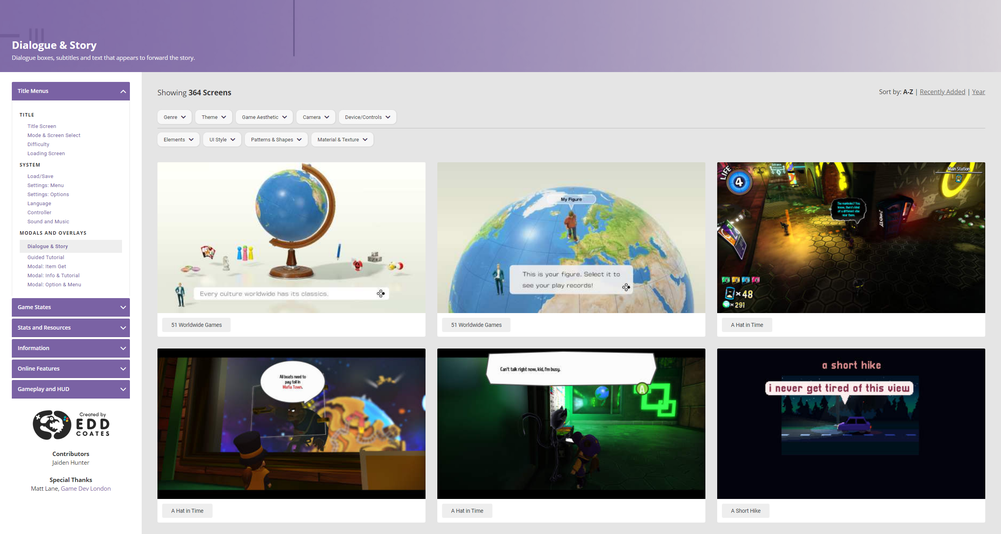The newly launched Game UI Database turns an often-overlooked aspect of artful video game design into a headlining star.
For most people who play games, on screen accoutrements like ammo readouts and minimaps — not to mention pause menus, inventory screens, and tooltips — are just a part of the scenery. We take them for granted, never really acknowledging that most games would be rendered unplayable in their absence.
That’s the thing, too: A good user interface (UI) is supposed to be something that goes unnoticed. Some of the best examples aren’t even visible most of the time, only appearing on your screen when there’s a need for them to be there.
The “unsung hero” status we could fairly apply to video game UIs is a subject of particular interest for Edd Coates, senior UI artist at Double Eleven. The UK-based studio has had no small amount of experience getting deep into the guts of other studios’ creations, having worked on notable titles like the PS Vita version of LittleBigPlanet and the recently launched Minecraft Dungeons.
“When the UK went into lockdown in March, I needed something to distract me from the pandemic.”
So with the Game UI Database, which just launched, Coates wants to share some of that experience with the wider game development community.
“The most frustrating part of my job [is] hunting for reference material when building something new,” Coates told Mashable in a weekend DM exchange. “It’s easy enough to find screenshots of games you are already aware of, but unless you have an intimate knowledge of every single game out there, discovering new sources of inspiration can be a challenge.”
For years, Coates had been toying with the idea of building a searchable database to help creators facing the same challenges. The trick, he realized, would be finding a way to set those creators up with the tools they’d need to actually narrow down their hunts.
“[I wanted to] make the discovery element as easy as possible, using filters to allow designers to search for textures like wood, metal, and paper, different materials, patterns, and even themes,” Coates said. And sure enough here’s a truly dizzying number of search filters one can apply more than 320 titles currently listed on the site.
The site is relatively short on context, with only the collections of screenshots gathered under different tags for visitors to go on. But that in itself is a sort of masterful UI quirk. Go to the listing for “Dialogue & Story” overlays, for example, and you’ll quickly see as you scroll down how the differences between games that put story text on the screen speak for themselves.
That’s the site working as intended. As Coates explained: “It’s useful for designers to identify recurring and pre-established patterns in successful titles when building their own interfaces.” Added context isn’t necessary because the contrasting approaches evident in each image is the whole point.
Image: screenshot: website by edd coates
